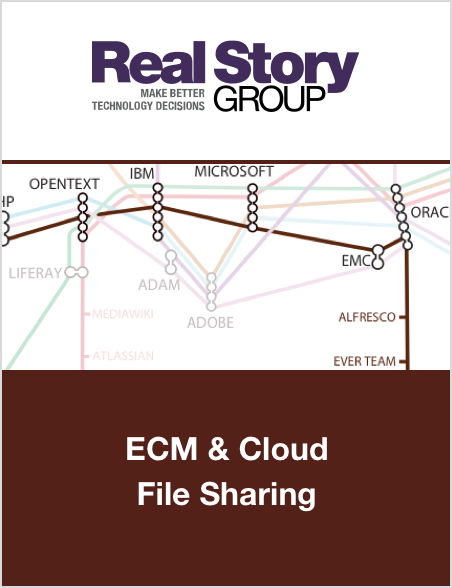Mobile Options for OpenText ECM
Accessing documents using mobile devices is a key use case for many customers (e.g., to enable salespeople to access documents on the move). And as with many other features in OpenText’s key Enterprise Content Management (ECM) offering, "Content Suite," there are at least three ways to provide mobile access to content. OpenText customers understandably want to know which alternative best suits them, but you should understand there’s some overlap across different alternatives, and they target different use cases.
Mobile Options in OpenText Content Suite
The three options for accessing Content Suite via mobile devices are:
- OpenText ECM Everywhere
- OpenText Core
- OpenText Tempo Box
Let's look at each.
OpenText ECM Everywhere essentially allows you to access Content Suite via native mobile apps or an HTML5 web interface. There are several benefits to this option:
- It provides direct access to content as well as features (such as workflows) in Content Suite.
- You can also customize it to suit your requirements
- It respects the underlying Content Suite security permissions and provides advanced capabilities such as wiping devices when an employee leaves or a device gets stolen
While it is a good option to enable mobile access to Content Suite, it is not a good option if you want additional mobile capabilities such as providing mobile access to external users, users not on your network, file sharing, and collaboration.
For those use cases, OpenText provides OpenText Core and OpenText Tempo Box. Both of these are similar to consumer-y cloud services like Dropbox.
Tempo Box is based on Content Server, and can be deployed on-premise. So it is suitable if you want to use your on-premise Content Suite but want to extend it for file sharing use cases.
OpenText Core, on the other hand is more of a standalone, multitenant, SaaS-based file sharing service. It is integrated with OpenText Content Suite but can be used without it too. Similar to Microsoft's approach, Content gets moved from Content Suite to Core and then you access it via Core’s mobile apps. OpenText mentions "Continued Progression for Core as a Next-Generation Content Platform” on their roadmap, and so it looks likely that Core will be their main offering for cloud-based file sharing and collaboration services.
Some Advice
If you are evaluating OpenText, remember that you will almost always have more than one option for many services. And in many cases, you will incur additional costs. So instead of over-buying, make sure you understand the differences and license only what you need.
We can of course help. RSG's ECM research evaluates OpenText and major competing platforms, and calls out these types of differences.







